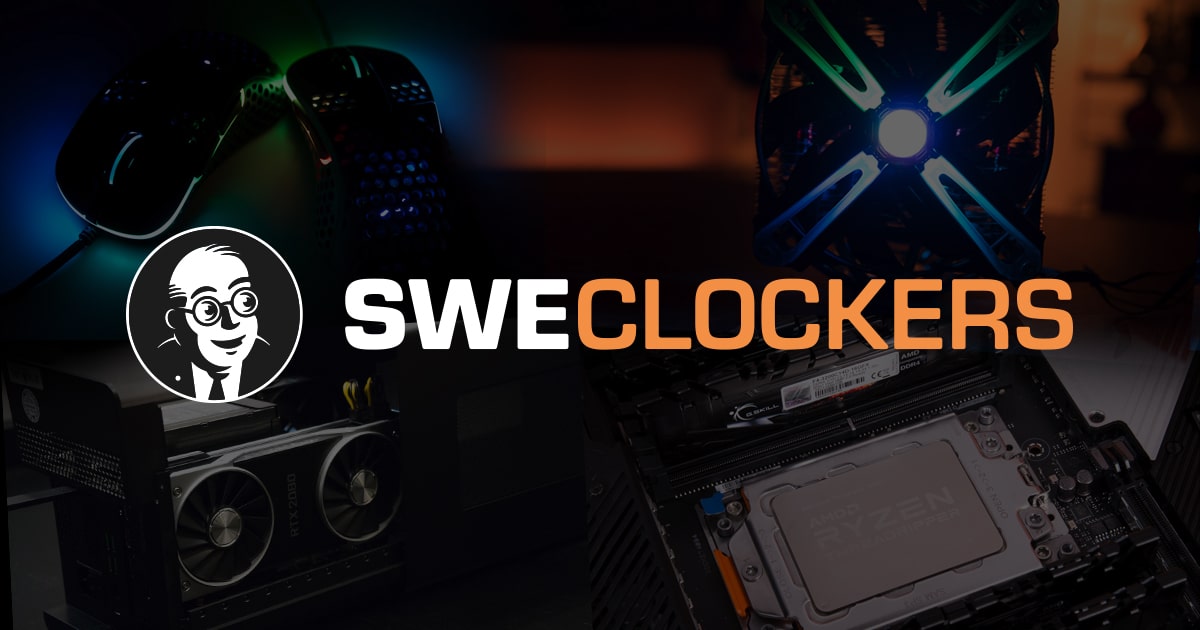Last year’s demonstration of Unreal Engine 3 with gameplay against Samaritan is still a highlight when it comes to real-time graphics, but to run it all required no less than three Geforce GTX 580s.
FXAA is a shader-based anti-aliasing technique, however, and as such doesn’t require additional memory so it’s much more performance friendly for deferred renderers such as Samaritan. By freeing up this additional memory developers will have the option of reinvesting it in additional textures or other niceties, increasing graphical fidelity even further
At this year’s Game Developers Conference in San Francisco, however, a single graphics card is enough. Nvidia gives a taste of the upcoming architecture Kepler, the successor to today’s Fermi, and demonstrates Samaritan with a single graphics processor. It all works with anti-aliasing via Fast Approximate Anti-Aliasing (FXAA), which should be a more effective method than previously used Multisample Anti-Aliasing (MSAA).
However, no more detailed details than that are revealed by the press release.















